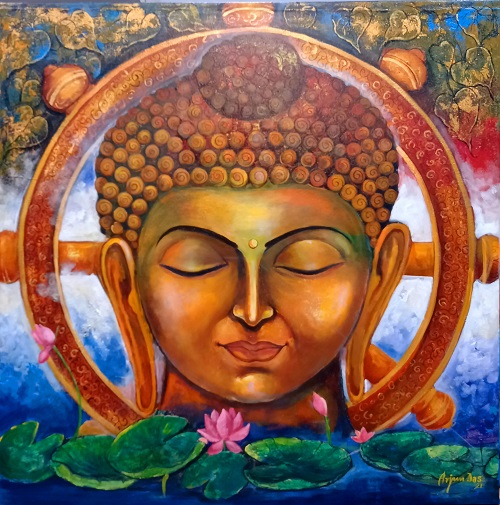“Art is the only way to run away without leaving home.” Twyla Tharp’s statement strikes a profound chord with Amrita Sher-Gil, a trailblazing female artist in Indian art. In the past, Indian women were frequently restricted to conventional duties and had little opportunity to work in the arts. Sher-Gil and other female artists broke down barriers and made a lasting impression on the art world despite these social restraints.
This article honors the accomplishments made by Indian women painters, ranging from modern artists to trailblazers like Sher-Gil. We want to pay tribute to these women who have not only contributed to enhanced Indian art but also encouraged upcoming generations to follow their creative aspirations by showcasing their accomplishments and influence in the arts.
Historical Overview
Although there are few documented examples of female artists in ancient and mediaeval India, their influence can be seen in temple art and traditional crafts. Religious murals, elaborate fabrics, and pottery were all made by women, and they were important contributors. Despite social restrictions, female artists started to become increasingly visible throughout the colonial era.
With her audacious and emotive paintings, Amrita Sher-Gil—often referred to as India’s Frida Kahlo—revolutionized modern Indian art. Another important figure, Sunayani Devi, painted vivid scenes of rural life and mythology using themes from folklore. These trailblazers transformed the Indian art scene by challenging expectations and opening doors for upcoming female artists.
Pioneers of Modern Indian Art
Pioneer of modern Indian painting Amrita Sher-Gil studied in Europe throughout her early years, honing her craft and creating a unique style that combined Western methods with Indian motifs. Her paintings, which were distinguished by rich hues and intense emotional content, defied expectations and perfectly encapsulated rural Indian life and its inhabitants. Sher-Gil has had a significant influence on contemporary Indian art, training a number of artists via her skill at fusing realism with a sophisticated knowledge of Indian culture.
Pioneer of modern Indian painting Amrita Sher-Gil studied in Europe throughout her early years, honing her craft and creating a unique style that combined Western methods with Indian motifs. Her paintings, which were distinguished by rich hues and intense emotional content, defied expectations and perfectly encapsulated rural Indian life and its inhabitants. Sher-Gil has had a significant influence on contemporary Indian art, training a number of artists via her skill at fusing realism with a sophisticated knowledge of Indian culture.
Contemporary Female Artists
**Nalini Malani**:
Raised in Karachi and currently residing in Mumbai, Nalini Malani is influenced by a wide range of cultures, such as Indian and Greek mythology. Her work frequently addresses socio-political concerns and feminist themes through the use of installation and video art. Renowned pieces such as “In Search of Vanished Blood” critique injustice and brutality. Malani’s influence is seen throughout the world; her shows in esteemed locations such as Tate Modern and Documenta highlight her impact on discussions surrounding contemporary art.
**Anju Dodiya**:
Through her reflective works, Anju Dodiya has expressed her artistic journey as a quest for self-discovery. Her bright canvases explore issues of identity and emotion, and she is renowned for her ability to merge reality with allegory. She has received recognition from exhibitions at the Venice Biennale and the National Gallery of Modern Art, and her contributions to the narrative richness of Indian art have been acknowledged with honours such as the Chevalier des Arts et des Lettres.
The Global Influence of Indian Female Artists
International Recognition
Indian women painters have become well-known worldwide, receiving recognition for their work through notable exhibitions at galleries such as MoMA and the Tate Modern. Their international influence is emphasised by honours like the Padma Shri and participation in esteemed occasions like the Venice Biennale.
Cultural Exchange and Influence
These artists, who combine traditional Indian components with contemporary forms, have a considerable impact on global art trends. Diverse cultural tales are introduced to the global art community through their work.
Collaborations and Residencies Abroad
In order to promote cross-cultural conversations, Indian female artists frequently collaborate and live overseas. These encounters hone their skills as artists and encourage admiration of Indian art throughout the world. Their impact transcends national boundaries, motivating artists everywhere.
Conclusion
Indian art has been greatly influenced by women, from pioneers such as Amrita Sher-Gil to more recent artists like Nalini Malani and Anju Dodiya. Their contributions have received praise from all around the world for addressing socio political challenges while fusing tradition and modernity.

